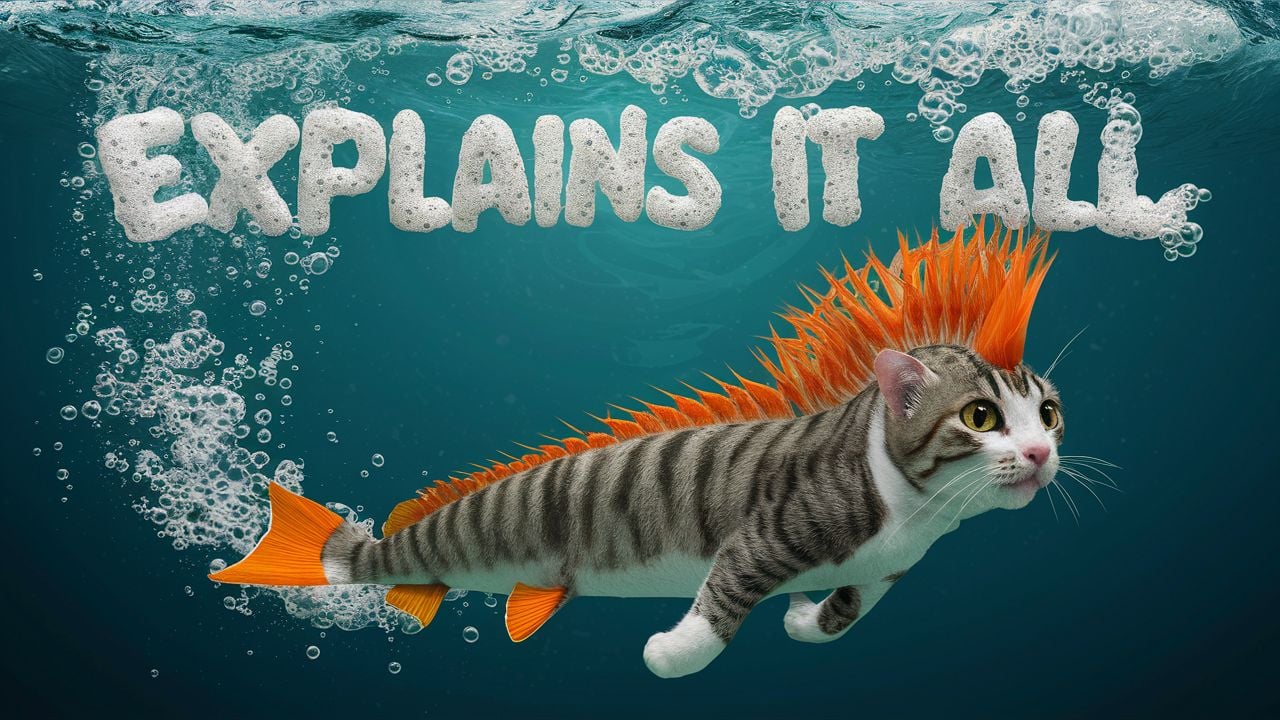The Dark Side of Modeling
Tokenism isn't the Solution to Fashion's Racism Problem [Pre-J.9]
The Dark Side of Modeling
With its estimated annual revenue of $1.5 billion in the US and the global fashion industry valued at over $2.5 trillion, the industry offers significant financial potential.
Race- Absence and Aggression
The lack of progress made in implementing labor reform in the fashion industry, from sweatshops to equal opportunity in the employment of models, suggests either that the industry is unwilling to change or that the industry’s aesthetic standards are inherently racist and that much must be done in order to begin unpacking the dusty layers and reorganize from the ground up.
“Types” are often racially defined without explicitly stating so. A designer can call an agency to request a model that is an “exotic” type or a girl that represents an “all-American” type—coded language for their desire for a model of color in the first instance, and a white model in the second. The significance of skin color is implicit in the creation of “types” used to sort women walking in fashion shows or participating in photo shoots. The normalization of this practice can affect the general assumption about how work should be distributed; with the consequence that black models are given fewer opportunities.
Astou, a Senegalese runway model who worked the collections for all the major fashion capitals for years said her particular appearance, walk, or personality seemed to matter little in her quest for employment; in her experience, being black was often all that counted: “It’s very difficult, because when you go to an agency, they only have one black girl. That’s all they want. That’s enough.
Tokenism is defined as the practice of only making a perfunctory or symbolic effort to do a particular thing, especially by recruiting a small number of people from underrepresented groups in order to give the appearance of sexual or racial equality within a workforce. In the context of our research, tokenism is a tactic used in the fashion industry to satisfy a “diversity quota” on the runway and/or in editorial endeavors, usually photoshoots. In practice, a token model allows a designer to avoid the accusation of racism and discrimination. In fashion, the differences in the token model could be over-accentuated to be seen as exotic or glamourous, indicators that emphasize the “otherness” that will distinguish her from her white counterpart.
Amongst a handful of top models, there is a recurring theme in their testimony in regards to being a model of color amidst a sea of white models on the runway. In an interview with Harper’s Bazaar magazine, Afro-Latina model, Joan Smalls told Derek Blasberg, “I have dealt with adversity from people who I thought were on my side. Past agents, when I would come to them for advice, would just tell me, ‘there’s only room for one girl of color.’”
Chanel Iman told The Sunday Times, “A few times I got excused by designers who told me we already found one black girl. We don’t need you anymore. When someone tells you ‘we don’t want you because we already have one of your kind’ it’s really sad.”
Research Study-
Photographs from Cosmopolitan, Glamour, and Vogue were chosen to be the unit of analysis in their study, as they were the three best-selling beauty/fashion magazines in North America in 1999.
226 photographs were selected from 25 different issues of those three magazines. Full-page fashion photographs and advertisements were selected in which:
(1) the focal character was an adult woman and
(2) the photograph featured a beauty or fashion product.
Relatively few Black models (9%) were found in the full-page photographs within this sample of beauty/fashion magazines.
In fashion photographs, most of the models were white (91%).
Similarly, photographs of white models appeared in approximately 89% of the full-page ad pages,
photographs of Black models constitute the remaining 11%.
Few or no pictures depicted any other racial groups.
“According to the Unites States Census Bureau (2001), approximately 13% of the general U.S. population is Black.”
Within this sample, therefore, Black women are underrepresented, slightly more so in fashion photographs than in 25 advertisements.
Kassarjian (1969) found that Black Models in advertisements comprised less than one-third of one percent of the total advertisements found among the pages of several genres of magazines (e.g. Life, Vogue, Popular Mechanics). Decades later, Plous and Neptune (1997) found that approximately 10% of the advertisements in magazines that were oriented towards white readers, a proportion that closely represents the proportion of Black people in the population of the United States.”
A transcript of an interview that Naomi Campbell gave to Channel 4-
Interviewer: So, what you’re saying is that over 80% of, 82% of walks of fashion runways were white models, and 6% black? Campbell: 6% Black and 9% Asian.
Interviewer: And was this worse than what it was when you went into the business, what, 27 years ago?
Campbell: Yes, it is, cause when I was modeling, I did Yves Saint Laurent, Azzedine Alia, Gianni Versace—there was a great balance of models and color.
Kim Jenkins, fashion scholar told me, “It comes down to having more courageous voices in positions of power to contest what is going on. The challenge is that you are asking century-old heritage brands and contemporary luxury brands to be convinced that not only do black bodies matter, but that they can sell something for them. Those brands are certainly not convinced of the latter, despite what consumer marketing statistics can show you. There is a widespread resistance to regarding the black body as beautiful–many designers and executives hide behind the formality that black bodies simply do not convey their aesthetic”
This season at NYFW, Zac Posen, an American designer made a bold statement with his mostly black casting at his Autumn/Winter show. Twenty-five of the thirty-three models in Posen’s show were black women. The inspiration behind his line was the Ugandan Princess, Elizabeth of Toro. “Since the inspiration was Elizabeth of Toro, it made sense to have a casting reflecting this,” Posen told CNN Style. “Their presence and the diversity of the casting complemented the collection and made it more striking.” In an effort to promote that vision, Posen posted a photo on his personal Instagram account of himself donning a large leather bag that read, “BLACK MODELS MATTER” in stylized white letters, created by Ashley B. Chew, a black model, artist and activist. “It is crucial that the new generations see diversity as not an issue, but as an asset,” Posen said at the Black in Retail Action Group gala. “I will continue to battle this on the runway and the red carpet, and for the rest of my life.”
Enninful’s efforts are enough to start a conversation, but acts of inclusion, in order to stick and to be normalized in this industry, cannot exist inconsistently or when there is a call for it. To provide a genuine reflection of the world we live in, influencers in the fashion industry must address racism as a pressing issue and continue to give models of color the same opportunities as their white counterparts.
Sources:
|
https://academicworks.cuny.edu/cgi/viewcontent.cgi?article=3133&context=gc_etds https://anneofcarversville.com/style-photos/2019/2/7/the-dark-side-of-fashion-industry-is-drug-abuse https://avn.com/porn-stars/meggan-mallone-295281.html https://www.bbc.com/news/world-australia-67205191 |
|
https://www.britannica.com/topic/brainwashing https://citymagazine.si/en/10-youngest-supermodels-in-history/ https://www.cnbc.com/2016/01/20/porns-dirtiest-secret-what-everyone-gets-paid.html |
|
https://www.cnn.com/style/article/fashion-institute-of-technology-show-racist-trnd/index.html https://destinationhope.com/high-on-the-runway-drug-abuse-in-the-fashion-industry/ https://fashionista.com/2015/12/cultural-appropriation-in-2015 |
|
https://fashionista.com/2018/03/fashion-model-agency-apartment-exploitation |
|
https://finance.yahoo.com/news/mary-davis-former-graduate-school-182325766.html https://floridaseminoletourism.com/cultural-appropriation-vs-cultural-appreciation/ |
|
https://gitnux.org/modeling-industry/ https://www.glassdoor.com/Salary/Vivid-Entertainment-Adult-Entertainer-Salaries-E325353_D_KO20,37.htmhttps://www.independent.co.uk/life-style/fashion/naomi-campbell-modelling-career-racism-b2413724.html https://jimcrowmuseum.ferris.edu/mammies/homepage.htm https://jimcrowmuseum.ferris.edu/antiblack/sapphire.htm https://www.johnfbakerlaw.com/the-fine-line-between-fashion-and-cultural-appropriation/ https://www.highsnobiety.com/p/native-american-cultural-appropriation/ https://thelastfashionbible.com/2019/11/02/designers-cultural-appropriation/ |
|
https://www.lifestyleasia.com/ind/style/fashion-houses-cultural-appropriation-and-fashion-gaffes/ https://preventht.org/editorial/from-modeling-to-sex-trafficking-a-slippery-slope/ |
|
https://theworld.org/stories/2019/07/08/how-traffickers-promise-modeling-contracts-lure-young-women https://timesofindia.indiatimes.com/life-style/fashion/buzz/american-designer-in-trouble-over-cultural-appropriation-what-about-the-brands-that-take-inspiration-from-india/articleshow/70095214.cms |
|
https://www.backstage.com/magazine/article/model-measurements-75473/ |
|
https://www.ncbi.nlm.nih.gov/pmc/articles/PMC9790310/ https://nypost.com/2022/01/07/judge-tosses-ex-fit-deans-defamation-suit-over-racist-fashion-show/ https://people.com/style/so-this-is-what-really-happens-during-the-victorias-secret-fashion-show-casting/ |
|
https://www.vogue.com/article/model-karlie-kloss-home-new-york-city |



